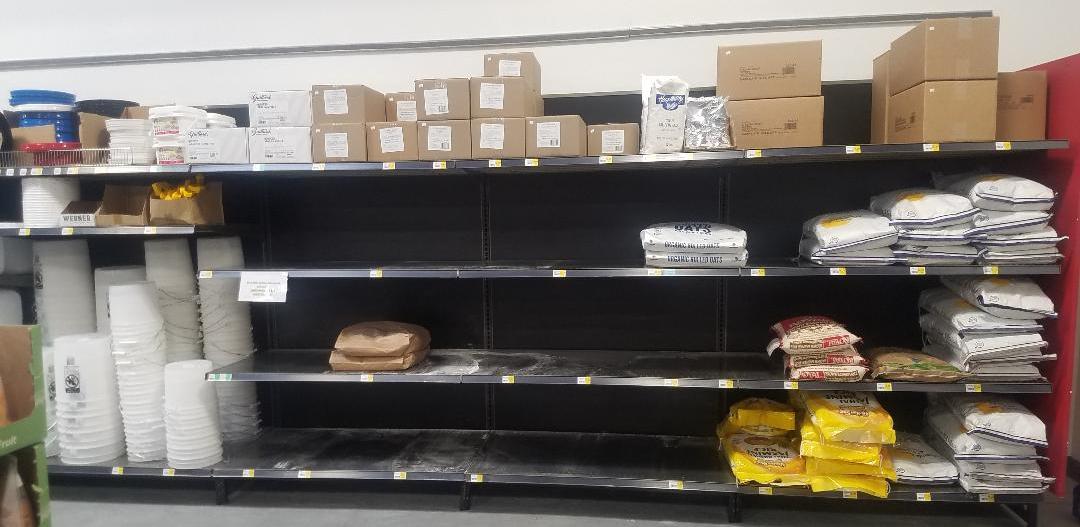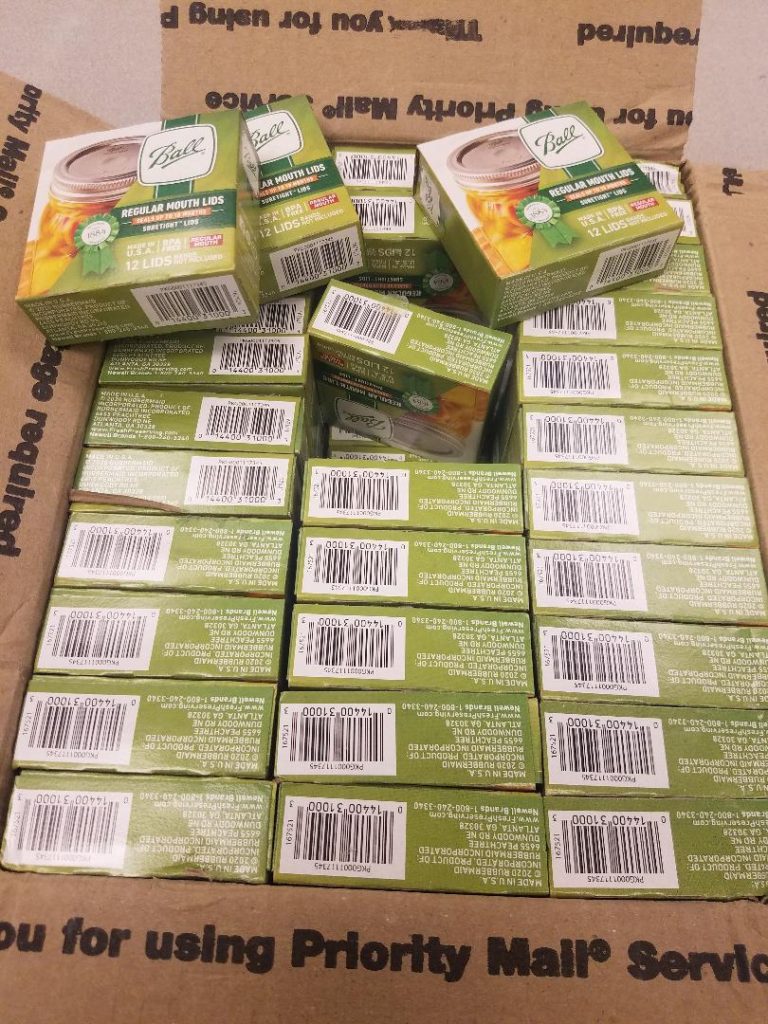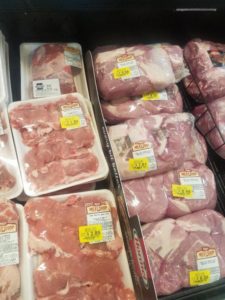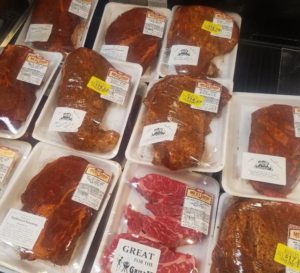Finally decided to pull the trigger and purchase the wildly expensive, but well regarded, Country Living Grain mill. No sooner had I ordered it than the price went up a half hour later. I suppose demand must be high, but geez…it went up something like $70 not long after I ordered it. Fortunately, I beat the increase.
I purchased it because I’m finally at a point in my life where I can afford such things, and also because I’m expanding my cooking repertoire and I’d like to grind my own cornmeal. This, naturally, means I need to start stocking dried corn. I already have a small (<50#) amount of wheat sitting in storage (thank you LDS cannery), but given my enjoyment of things like pasta it makes sense to have the materials to start making it from scratch. Sure, I store flour…and it stores well enough…but not as well or as long as the wheat itself. So…grain mill. I figure between wheat, corn, and rice I’ll be pretty well covered for making things like flour, porridge, polenta, etc.
And, because I’m a suspender-and-a-belt kind of guy I ordered the spare parts kit and a few other accessories as well.
I’m rather looking forward to experimenting. I haven’t baked bread in quite a while and I’m wondering how much of a difference in flavor will be noticed between freshly ground flour and store-bought. There’s a bakery three blocks from where I live and once in a rare while I’ll get some bread there and, dang it, it’s good. So good that just a thick slice of it and some soft, creamy butter is practically a meal all by itself. But, in addition to bread, I also wanna take a swing at making my own fresh pasta and that sort of thing. Also, I’ve found a recipe for a cornmeal porridge that I really, really like and would like to try with fresh cornmeal. So..I guess it was time to spend the money and get the grain mill.
Now I need to head out to the places that sell bulk grains and start seeing whats available. Nice thing is, even without an end-of-the-world it’ll still be nice to have fresh bread and that sort of thing.









